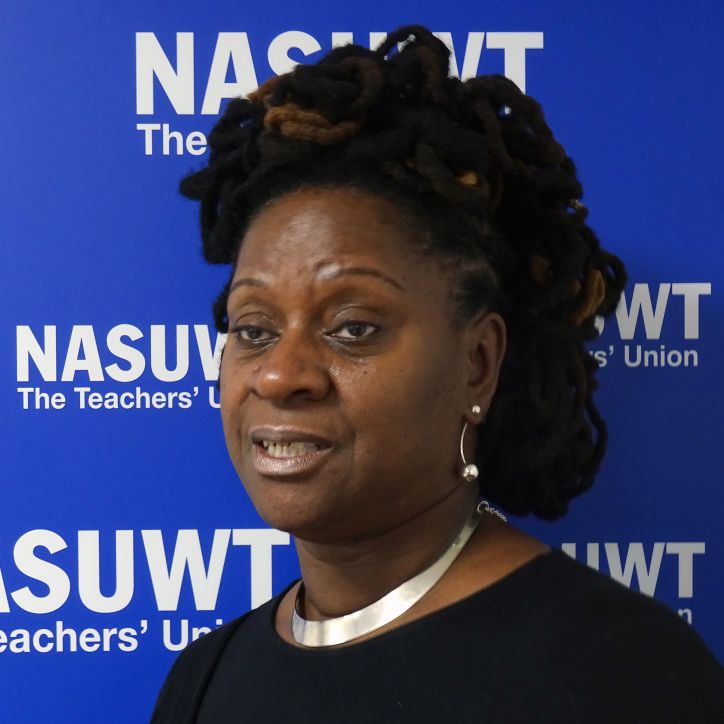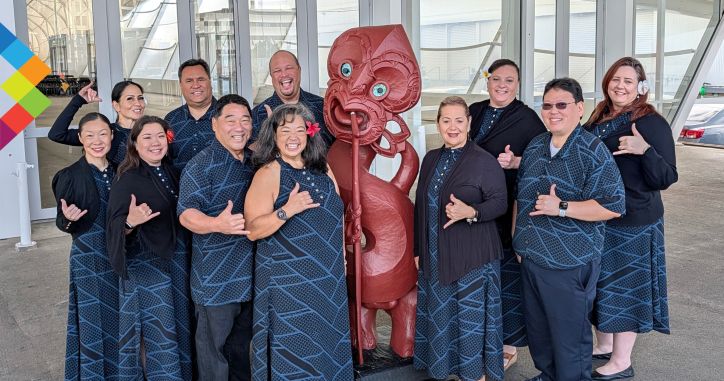When it clicks, you can’t unsee it! When sexual harassment and racism intersect – ‘Misogynoir’
Sign up
Sign up for the Worlds of Education newsletter.
Sign up
Sign up for the Worlds of Education newsletter.
Thank you for subscribing
Something went wrong
For more than twenty-five years I have stood at the intersection of education and trade unionism. I have fought for social justice, equality and trade union rights and organised teachers across the UK as well as across continents. I am a trade unionist because I believe that workplaces can – and must- be places of dignity, safety and collective power.
Across my career I have seen the slow, corrosive ways sexual harassment and misogyny erode that dignity, and how the harm lands differently when you are a Black/Global majority woman or from a minoritised group.
However, nothing in my decades of experience prepared me for the conversation I had recently with a young Black/Global majority teacher who told me about the deep fake pornographic images of her that had been circulated among her students. “I didn’t recognise it as sexual harassment at first”, she said. “I just thought it was part of the job – that this is what we have to endure as teachers”.
Those words “ I didn’t recognise it”, echo a devastating finding from the UK Trade Union Congress (TUC) groundbreaking 2024 report into Black women’s experiences of sexual harassment, ‘ And then it clicked’ . An area of work which the NASUWT has been proud to play a leading role in and fully supported its recommendations. The report reveals that many Black women don’t immediately identify their experiences as sexual harassment until they hear other women naming similar violations. One participant explained how something suddenly clicked when she started articulating her experiences: “Being able to articulate that and to say, why am I getting this treatment, is it sexual harassment? Or is it ignorance? Is it racism? And I think once we start being able to articulate it, and to use those words, like with me, suddenly something clicks, and you are like, hang on a minute, yes, it was wrong.”
A hidden epidemic
The statistics from the TUC report are staggering. 65% of Black women surveyed reported experiencing some form of sexual harassment, including unwelcome verbal sexual advances, unwanted touching, or sexual jokes. But here’s what makes this crisis particularly insidious for Black/Global majority women; we face violence at the intersection of racism and sexism – what scholar Moya Bailey termed ‘misogynoir’. The report found that 53% of respondents reported they had been subject to racist remarks or racist comments. This isn’t just sexual harassment. It is racially sexualised harassment, where our bodies, our hair, our very presence becomes the target of violation.
As the report notes, Black/Global majority women are expected to navigate spaces where we are often alone and at risk of harassment and assault, without an effective support system to help us challenge our organisations. Often, we are the ‘only’ or ‘one of the few’, which impacts whether we will be believed when we speak up.
The issue of speaking up or reporting online harassment or digital violence in schools or colleges, resonates with an NASUWT survey of its members in 2022 which showed that of the 92% who had reported online abuse to school leadership, only 23% felt that their complaint had been dealt with adequately, with no action taken at all in 45% of cases.
Thus, sexual harassment, misogyny and misogynoir remain a hidden epidemic in UK schools and other workplaces because they are woven into everyday workplace culture – normalised as ‘banter’, dismissed as misunderstandings or minimised when directed at Black/Global majority women.
The digital dimension: when technology weaponises Misogyny/Misogynoir
Now add artificial intelligence and digital technology to this toxic mix. The 2024 UNESCO Global Education Monitoring Report paints a disturbing picture of how technology is amplifying violence against women and girls in education. The 2025 UK Girlguiding Girls’ Attitudes Survey shines a light on girls’ experiences of misogyny. The report showed that a staggering 68% of young girls have changed their everyday behaviour to avoid sexual harassment. 1 in 10 of 11–16-year-olds have missed school to avoid sexual harassment largely experienced in the form of digital violence.
This year’s global 16 Days of Activism theme – Unite to End Digital Violence against All Women and Girls - rightly recognises that violence has migrated into new spaces. In education, the misuse of digital platforms amplifies misogyny/misogynoir and they provide perpetrators with new avenues to exert power.
This theme provides an important and urgent opportunity to review our policies, practices and campaigning/bargaining priorities on tackling sexual harassment and misogyny/misogynoir. Organisations as well as trade unions must therefore bring anti-harassment/bullying strategies into the digital realm as vigorously as we do in the physical school or workplace.
Intersectionality matters
The work of the NASUWT and wider UK TUC recognises that sexual harassment can be prevalent for younger and disabled women, Black, LGBTI and migrant workers, and those in insecure forms of work, with experiences compounded by racism, ableism, ageism, homophobia, biphobia and transphobia. Our unions must recognise and resource responses that reflect such complexities.
What must we do now?
Firstly (and importantly) we must listen and believe. We must create spaces where Black/Global majority, disabled, Lesbian, Bisexual, Trans, Intersex, and young women can speak without sanitising their experiences. This must be the norm in our branches: support backed with trauma-aware reporting processes that work.
Secondly, transform policy into practice. It is not enough to have a policy on a piece of paper. Processes and investigations must be independent, timely and victim/survivor centred; managers and school governors must be trained to see how (for example) racialised stereotypes feed harassment and digital safety must be explicit in policies and codes of conduct.
And finally, show solidarity during the 16 Days. Use the campaign to centre the voices of those most affected - push for survivor-centred remedies. Solidarity is not only symbolic – it is protective.
I will end with a simple truth - change happens when we name the problem, break the silence and organise collectively. Once it ‘clicks’, you cannot unknow the problem, the pattern. For many Black/Global majority women that moment of recognition is wrenching – but it is also a route to demand action; from employers, from unions, from Governments and from each other. If we are serious about ending sexual harassment and misogyny/misogynoir in education, we must commit to intersectional action, policies that see race, gender and gender identity together and organising that builds power, individually and collectively. The 16 Days of Activism is a calendar movement – let us make it a turning point.
The opinions expressed in this blog are those of the author and do not necessarily reflect any official policies or positions of Education International.







